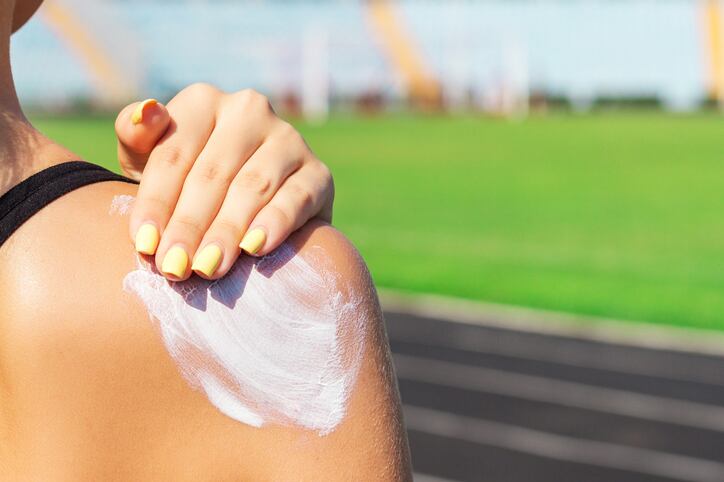This was revealed in a new study which investigated the components in sunscreen and the interaction with the preservation system in promoting the growth of certain bacteria.
Sunscreen formulations are known to be difficult to preserve, due to their high ratio of organic phase containing the UV-filters.
OS and HS are one of the more common UV-filters used in the market, and undergo hydrolysis to produce salicylic acid (SA) which absorbs UV radiation, and is anti-inflammatory.
In this study, researchers think the SA produced is further incorporated into the metabolic cycle of P. aeruginosa and B. cepacian, hence promoting their growth despite the use of preservatives.
P. aeruginosa is a pathogenic bacteria responsible for causing infections affecting the eye, while B. cepacia is an opportunistic pathogen and potentially fatal in immuno-compromised individuals, possessing a mortality rate of 42%, according to Amy Irwin and Connie Price (2008).
The findings were published in the journal Cosmetics.
Study design
Researchers believe that salicylate UV-filters may assist P. aeruginosa and B. cepacia against the preservative effect.
They tested this on three basic cream formulation containing the same preservative system (80% Phenoxyethanol, 5% Didecyldimethylammonium chloride, 10% Chlorophenesin, 5% Caprylyl glycol).
The first formulation did not contain any salicylate UV-filter, the second formulation was supplemented with 5% OS and the third with 5% HS.
In the first formulation, both P. aeruginosa and B. cepacia were unable to survive.
But in the second and third formulations, the preservative failed to inhibit P. aeruginosa and B. cepacia growth.
In fact, viability of P. aeruginosa increased in correlation to the increasing concentrations of OS, pointing out its positive effect on growth.
The researchers concluded that the UV-filters commonly used in sunscreen formulations may induce a signalling response which could result in a resistance against the common preservative used in the cosmetic industry.
“SA may trigger a signaling cascade similar to a stress response in bacterial species, that eventually enhances their resistance against preservatives.
“Our results, supported by previous data, suggest that some bacterial species containing the chorismate pathway may confer a unique resistance mechanism which is triggered by the presence of certain UV-filters in common sunscreen formulations,” they wrote.
Source: Cosmetics
https://doi.org/10.3390/cosmetics7030063
“Salicylate UV-Filters in Sunscreen Formulations Compromise the Preservative System Efficacy against Pseudomonas aeruginosa and Burkholderia cepacia”
Authors: Noa Ziklo, et al.

